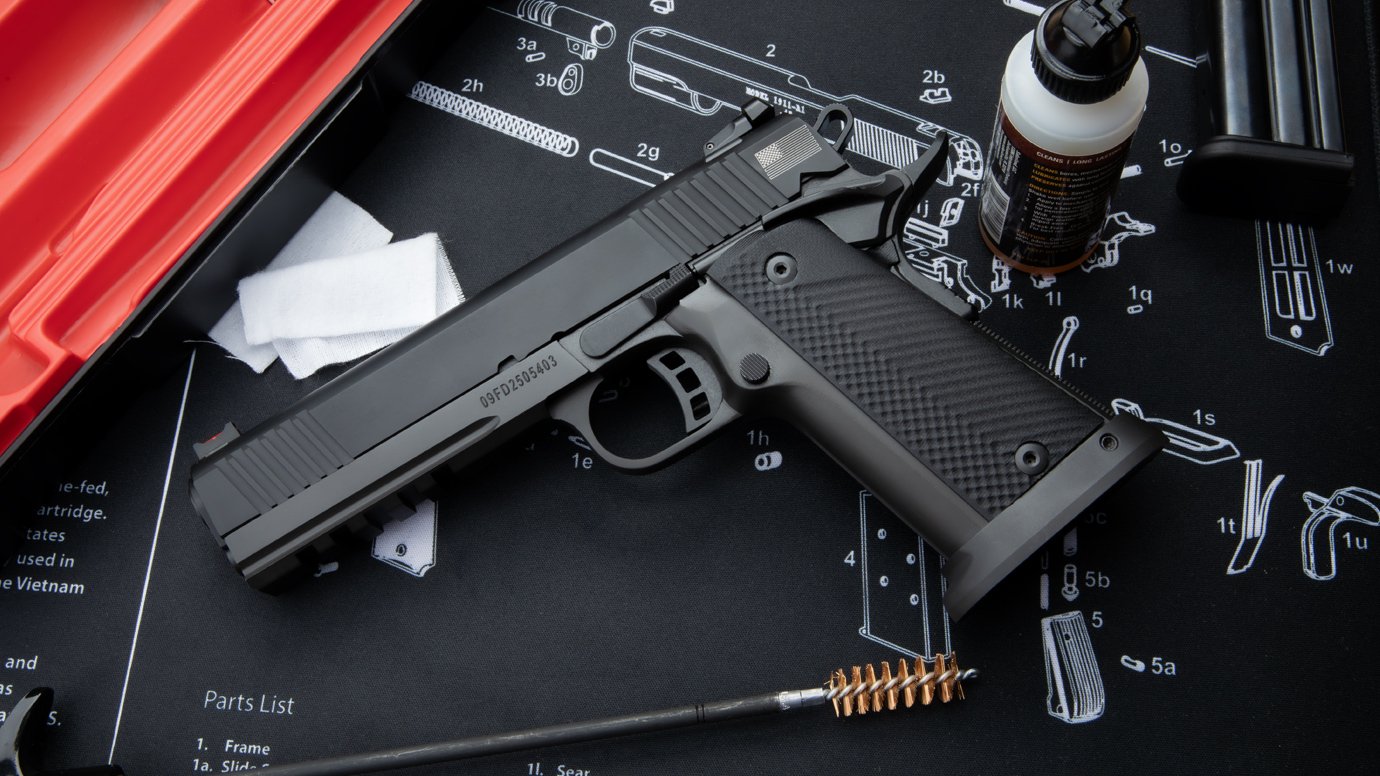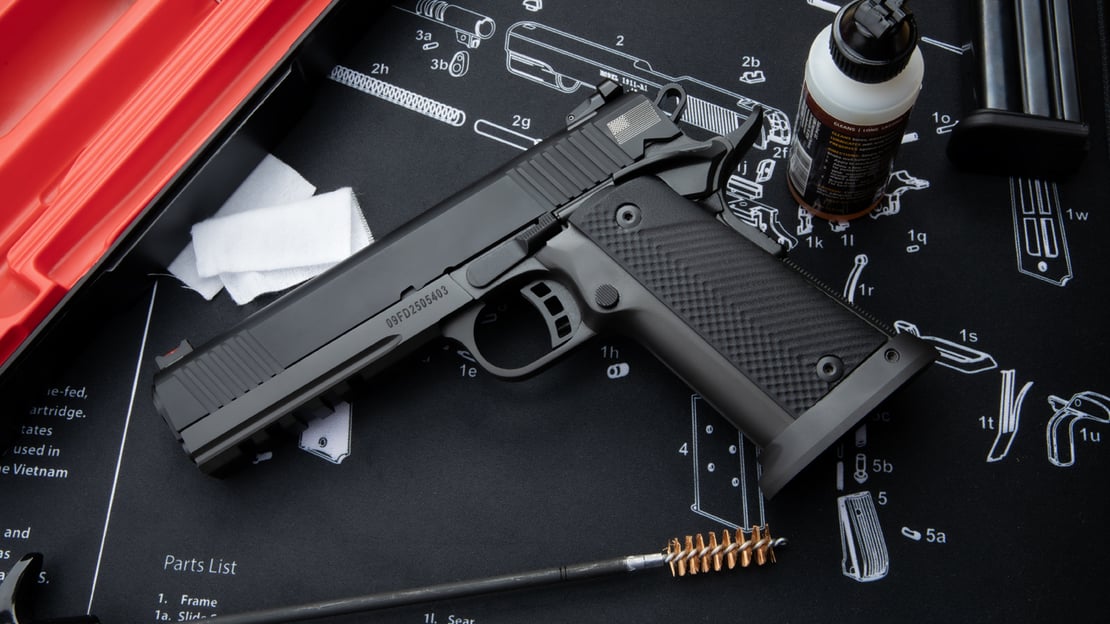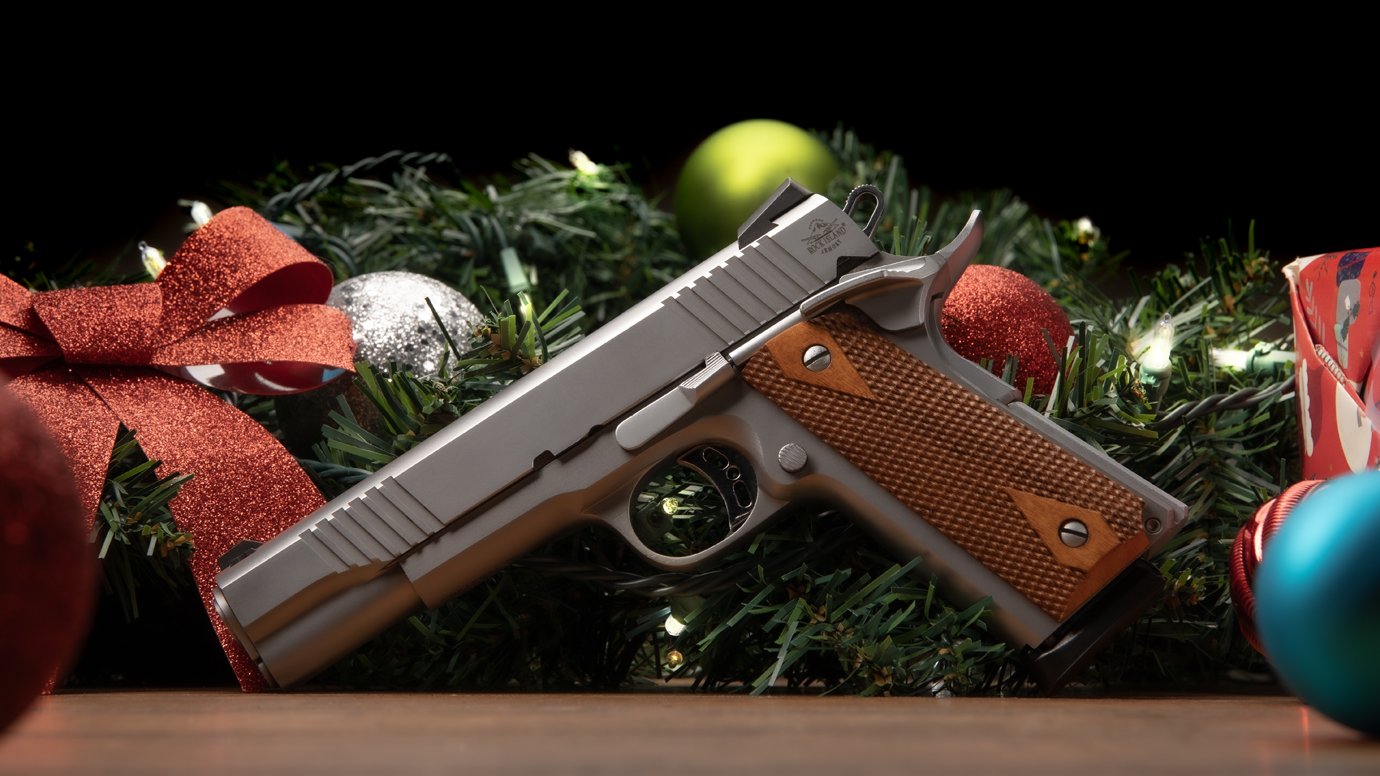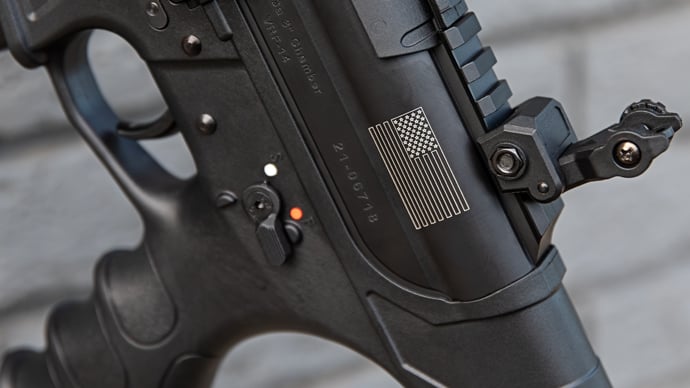Safety First: Handling Your Firearm Responsibly
Posted by Team Armscor on Aug 31, 2023 7 Minute Read
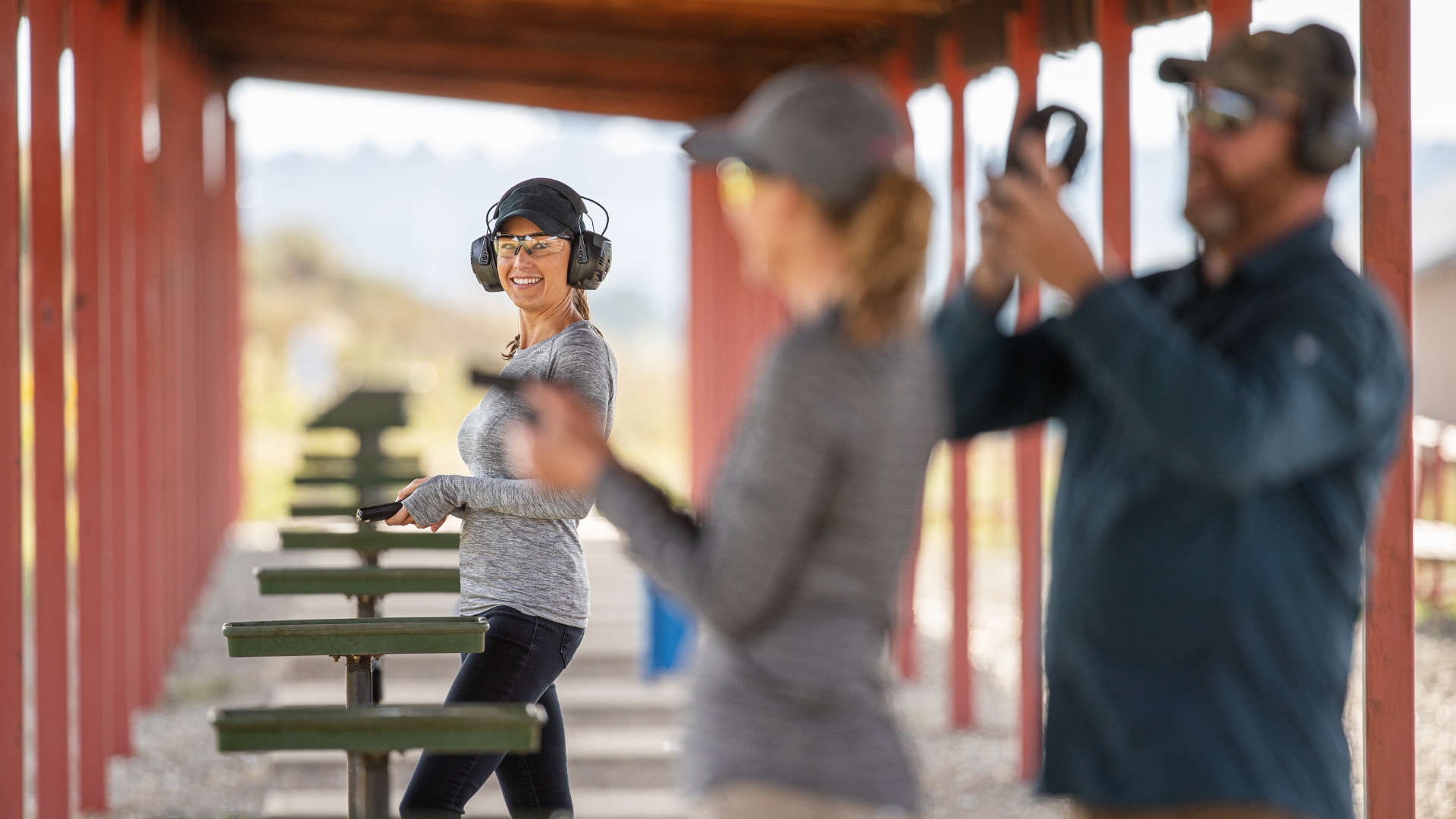
If there’s one piece of information we all understand it’s that owning a firearm is a great responsibility. Safety is and should always be the top priority for any gun owner. From the time you pick it up to when you put it away, here are some best practices to keep in mind that will keep you and your loved ones safe.
Fundamentals of firearm safety
No matter your history with firearms, either short or long, chances are you’ve heard of the four universal rules of gun safety. If not, there’s no time like the present. These four rules are a set of guiding principles that should always be on the mind of – and followed – by any gun owner:
- Treat All Guns as if They are Loaded – Never assume a gun is unloaded. Handle every firearm as if it is ready to fire.
- Keep the Muzzle Pointed in a Safe Direction – Every year, people shoot themselves or others unintentionally. Be mindful of the direction the firearm is pointed. Never point it at anything you aren’t willing to destroy.
- Keep Your Fingers off the Trigger Until Ready to Shoot – Fall into the habit of trigger discipline both on the range and in self-defense situations. Just because you draw it in self-defense doesn’t necessarily mean you want to shoot.
- Be Sure of Your Target and What’s Behind it – No matter how thick your target may be, there’s always a chance your bullet could go all the way through or miss. In self-defense situations, this rule can be difficult to follow, but you must always ensure there are no innocent bystanders behind or in front of your target.
safe storage and transport
The presence of unlocked guns in homes increases the risk of both unintentional gun injuries and intentional shootings. Here are a few ways you can store and transport your gun safely.
- Finding the Right Firearm Safe – Now, if you live alone or without children, it might make sense to keep your firearm somewhere close and accessible – like a drawer or nightstand. But a drawer doesn’t offer the same security from intruders that a metal safe does. It’s important that the only person who can access the firearm is the one who’s trained to handle it correctly, and safe is the best way to ensure that it doesn’t fall into the wrong hands.
- Store Ammo Separately – Instinctively, you might think it’s wise to leave your gun loaded so you can act quickly in case of an emergency. Actually, that’s far more dangerous. Keep your gun unloaded and store it separately from your ammo. That way, if an intruder were to get their hands on it before you, they wouldn’t get their hand on a loaded weapon. The same goes if you have children in your home.
- Safe Considerations for Concealed Carry – Your two safest options for concealment are a holster or a purse. However, we recommend a holster due to its versatility. It can wrap around your body and attach to your clothes, making it the best way to always keep your gun in your safe.
- Transporting Your Firearm Safely – Whether you’re traveling far or just to the range, it’s important to make sure your gun is properly stored. First, make sure your gun is unloaded. Second, place your firearm in a case (hard or soft) when using a vehicle for transport.
range safety and shooting etiquette
The world of firearms is a special one; so special it’s developed its own language. As important as it is to know the fundamentals of handling your firearm, there are important terms you need to know so you can stay safe and be mindful.
BASIC RANGE TERMINOLOGY
Here are a few common terms you’ll hear at the range that’ll help you know your way around:
- Firing Line – A painted stripe on the floor that determines where shooters may stand. You must be positioned at the line before loading or firing any weapon. You must step behind it during a cease-fire or when you take a break. Before you step to the line, you need to have your firearm unloaded and locked.
- Downrange – This means past the line of fire where the targets are set. This comes up often in safety commands. Anyone going downrange is crossing the line of fire and walking in front of shooters, which is only allowed to happen during a cease-fire.
- Cease-Fire – When an offer shouts this, all shooters are to immediately stop shooting.
- Hot and Cold – When a range is hot that means shooters are active. When a range goes cold, that means all shooters have unloaded their guns and locked them open. When a range is cold, only then are you allowed to go downrange. Safety officers will often call these out ‘hot’ or ‘cold.’
- Backstop – The wall or barrier behind targets.
- Lanes – The area from a shooting stall or booth to the target. At an indoor range, each shooter will get their own lane.
- Bench – Tables or counters in each stall where you can rest your firearm once it’s unloaded and locked open.
RANGE SAFETY RULES
- Read The Range Rules – While many ranges have similar rules, each one has an independent way of operating. Make sure you check the rules at the range you shoot at to make sure you’re following and respecting their procedures accordingly.
- Bring Your Gun in a Bag or Case – The safest way to transport your gun. Bringing your gun unprotected can make other shooters feel uneasy.
- Wear Eye Protection – Safety glasses are a crucial piece of equipment. Wearing them prevents debris from getting in your eyes. Sunglasses and prescription glasses don’t count as they do not meet OSHA standards. Most ranges won’t let you shoot without these.
- Wear Hearing Protection – Gun ranges are loud, especially indoors. A single gunshot can cause permanent hearing damage. We recommend wearing foam earplugs or earmuffs while shooting.
Power. Responsibility. Safety.
The day you decide to own a gun is the day you also decide to shoulder the great responsibility that comes with it. Everything, from how you hold it to the way you carry it around – whether that be for personal safety or to the gun range – is important. These guidelines aren’t just for your safety but also benefit the safety of those around you. Whether this is you’re a first-time owner or not, it’s like they always say, “Safety first.”

